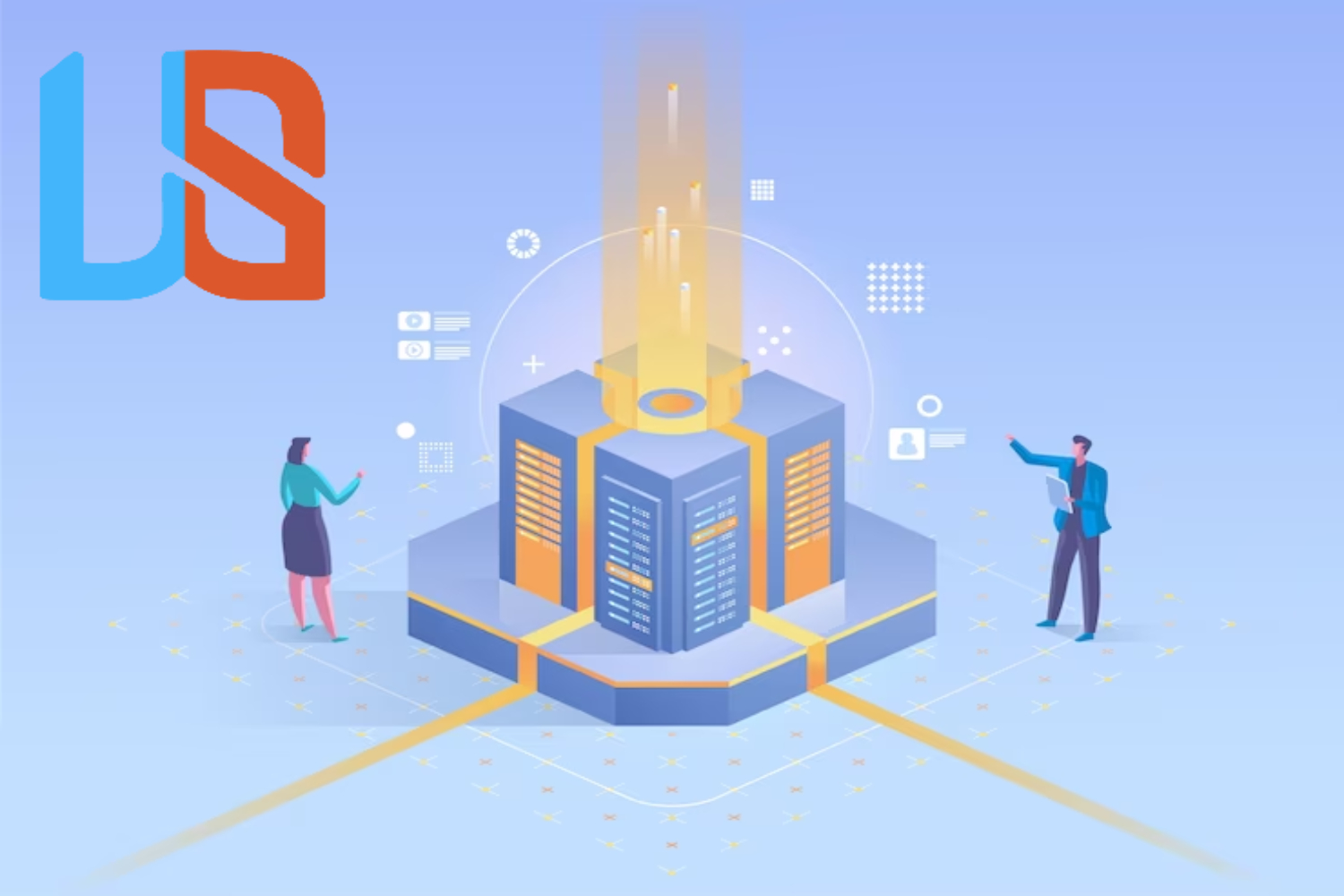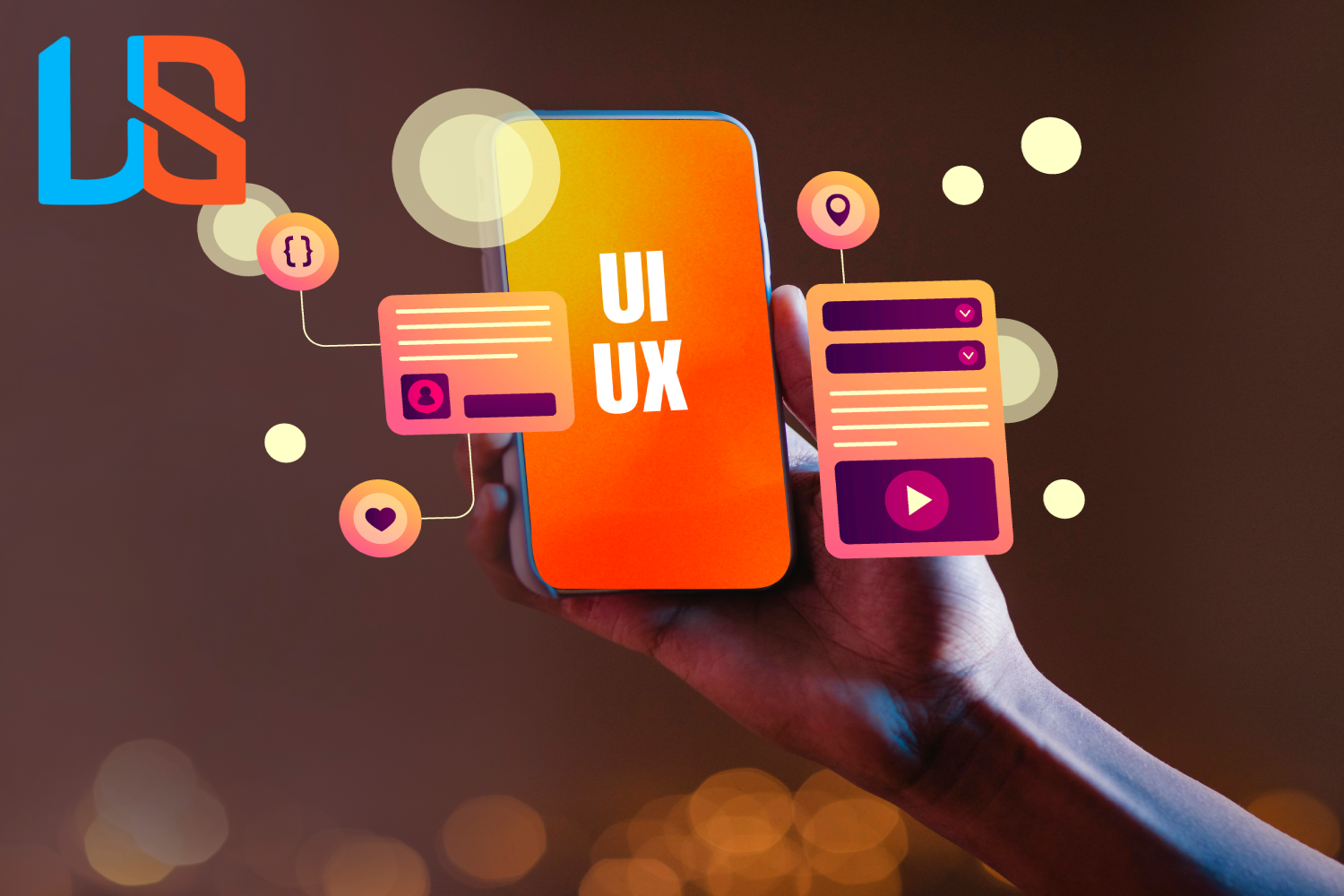
Introduction
Advancements in web technologies have opened up exciting possibilities for creating immersive and interactive web experiences using 3D graphics. With the integration of WebGL, Three.js, and other 3D frameworks, web developers can now build rich and engaging 3D environments that captivate users and bring their web applications to life. In this article, we will explore the tools and techniques for building immersive web experiences with 3D graphics.
1. Understanding WebGL and Three.js
WebGL (Web Graphics Library) is a JavaScript API that enables high-performance 3D rendering within web browsers. It provides access to the device’s GPU, allowing developers to create stunning 3D graphics and animations directly in the browser without the need for plugins or additional software.
Three.js is a popular and powerful JavaScript library built on top of WebGL. It simplifies the process of working with WebGL, providing a higher-level abstraction that makes it easier for developers to create 3D scenes, models, and animations.
2. Getting Started with 3D Graphics
To build immersive web experiences with 3D graphics, developers can follow these steps:
- Setup: Include the Three.js library in the HTML file and set up a canvas element where the 3D scene will be rendered.
- Creating a Scene: Initialize a Three.js scene and set up a camera to define the perspective and view of the 3D world.
- Adding 3D Objects: Use Three.js geometry to create 3D objects such as cubes, spheres, or custom models. Apply textures, colors, and materials to enhance their appearance.
- Lights and Shadows: Add lighting sources to the scene to create realistic shadows and highlights, improving the overall visual quality.
- Camera Interaction: Implement camera controls to allow users to navigate and interact with the 3D environment.
- Animations: Use keyframe animations or tweening libraries to create dynamic and smooth movements for objects in the 3D scene.
3. Enhancing User Experience with 3D Graphics
Integrating 3D graphics into web experiences enhances user engagement and interaction:
- Product Visualization: E-commerce websites can use 3D models to allow users to interactively view products from different angles.
- Virtual Tours: 3D graphics enable the creation of interactive virtual tours for showcasing real estate properties, museums, or historical sites.
- Games and Entertainment: Web-based games and interactive entertainment experiences can leverage 3D graphics for a more immersive gameplay experience.
- Data Visualization: Complex data sets can be visualized using 3D graphics, providing users with a more intuitive understanding of the data.
4. Performance Considerations
While 3D graphics add visual appeal to web experiences, developers need to consider performance optimization to ensure a smooth and responsive user experience:
- Optimized Models: Use simplified 3D models and reduce the polygon count to minimize rendering overhead.
- Texture Compression: Compress textures to reduce memory usage and improve loading times.
- Level of Detail (LOD): Implement LOD techniques to render lower-detail versions of objects that are farther from the camera.
- Culling: Implement frustum and occlusion culling to avoid rendering objects that are outside the camera’s view.
- GPU Acceleration: Leverage the GPU for computations and rendering to achieve better performance.
5. Real-World Examples
Numerous websites have successfully implemented immersive 3D graphics:
- Automotive Industry: Car manufacturers use 3D configurators to let users customize and explore their vehicles in detail.
- Architectural Visualization: Architecture firms showcase their projects with interactive 3D models and virtual walkthroughs.
- Educational Platforms: Educational websites use 3D graphics to create interactive learning experiences for students.
Conclusion
Web development has evolved to embrace the world of 3D graphics, enabling the creation of immersive and interactive web experiences. By leveraging WebGL and Three.js, developers can build stunning 3D environments that engage users and enhance their interactions with web applications. As technology continues to advance, we can expect even more sophisticated and captivating 3D experiences on the web, offering users a whole new level of engagement and interactivity.





